“He’ll sing Reedwater’s muirlands wild,
Where whirring heath-cocks flee,
Where limpid wells and heather bells
Delight the sportsman’s e’e.”
The use of the word 'Lay' confused me for a while. I thought it refered to the death of the minstrel, as in 'laid out', but the true definition is a noun of literary use, out of common parlance today, referring to a form of poetry:
"a short lyric or narrative poem meant to be sung" as in "a minstrel recited a series of lays".
On the title-page is a engraving by Thomas Bewick, representing the bard, Roxby, and three of his friends in the enjoyment of a social evening under the broad rafters of a farmhouse. One of the party is contributing music from the Northumberland pipes. When this edition had long been out of print, in 1832, a second issue, uniform with the publications of the Newcastle Typographical Society, was printed by T. & J. Hodgson, with the Bewick cut reproduced, and the author's name appended. Courtesy of Google Books you can read it online here.
Now, ponder well, my Friend most dear,
These lines which I do write,
If roads are good and weather clear,
I'll come on Monday night.
Once more I'll visit Broomyholme,
And eke the man and wife,
Once more I'll view the social dome,
And add a charm to life.
On Tuesday morn, with spirits gay,
Far from the noisy town,
My skill in shooting I'll display,
And bring the partridge down.
Through stubbles rough, once more I'll range,
With pointers staunch and true,
My sedentary life I'll change,
And sporting joys renew.
O'er hill, o'er dale, o'er field I’ll roam
The feather'd tribe to slay,
And when I'm tir'd, to Broomyholme
I'll wend my weary way.
There I'll refresh my feebled frame,
And swill the flowing bowl,
We'll cherish friendship's sacred flame,
And elevate the soul.
We'll tell the feats of former days,
Dear shooting's joys we'll tell,
Of many a range o'er benty braes,
Moss, moor, and dreary dell.
When many a cock of sable hue,
Snipe, whaupa, and gor-cock fell,
When many a bottle lighter grew,
At Padan's crystal well.
And I will bring a minstrel sweet,
A son of fam’d Woollaw,
And with his strains he shall you greet,
And loud his pipes shall blaw.
In common with other Border ballads, there is of course a strong romantic undercurrent.
Rooken [today a ruin close to Wind Burn on the forest-edge south-west of Rochester]: "Formerly inhabited by Mr. John Marshall, the laird of the Rooken, famous for his hospitality"
Elishaw [close to the bridge across the Rede where the A68 joins the A697]: "A place of note in the vale of Reed, famous for being the scene of many a merry meeting, and night of revelry. Here was the rendezvous of the 'vagrant train' of faas, tinklers, &c. The celebrated Wull Allan frequently sojourned here, in the progress of his fishing and otter-hunting expeditions; and here often resounded the drones of his no less celebrated son, Jamie Allan, the Northumberland piper. At Elishaw were held rustic races for the hat or saddle, and, to sum up all, at Elishaw will long be recorded the fame of its hospitable and noble resident, the late Lord Cranstoun, of convivial memory. But, alas! these days are gone, and the grandeur of Elishaw is no more. 'Sic transit gloria mundi'."
Something of the life of James Allan (1734–1810), 'Northumbrian piper and rogue', and his father, William Allan ('Wull Faa' or 'old Wull'), with much information on the national and international gypsy race, can be read here.
A stalwart tinkler wight was he,
An' weel cou'd mend a pot or pan,
An’ deftly Wull cou'd thraw a flee,
An' neatly weave the willow wan';
An’ sweetly wild were Allan's strains,
An' mony a jig an’ reel he blew,
Wi' merry lilts he charm'd the swains--
Wi’ barbed spear the otter slew;
Nae mair he’ll scan wi' anxious eye
The sandy shores of winding Reed,
Nae mair he’ll tempt the finny fry,
The king o' tinklers, Allan's dead!
Nae mair at mell or merry night,
The cheering bagpipes Wull shall blaw,
Nae mair the village throng delight,
Grim death has laid the Minstrel law!
Now trouts exulting cut the wave,
Triumphant see the otter glide;
Their deadly foe lies in the grave,
Charley and Phoebe by his side!
And he shall sing of Chevy Chace,
Camp-hill, and Battle-cross
Of Elsdon fair, and Billsmoor-race,
Witch-holes, and Broken-moss;
Of Ellis-craig and Lumsden-law,
And Chattlehope's rushing Spout,
Of Goldburn o’ the Haining Ha’,
And many a hunting bout.
Nor shall he pass the Seven Sykes,
The Hawk-gill and the Howks,
The Swine-hole fam'd for “ruthless pikes”
And Davy-shiel for gowks.
Black Bleakhope shall not be forgot,
Tho' dismal it may seem,
Nor Marian and her lonely cot,
Her luscious milk and cream.
Of Rooken house in former days
The Bard wi' glee shall tell,
And Birdhope-craig shall share his praise,
And Blackburn's crystal well.
The Girdlestane, and Padan-pike,
"Bepatch'd wi' winter snaw,"
The Durtree-burn, the lang white dyke,
Brown-rig and Blakeman’s-law;
The Spithope-head, where wintry winds
Blaw often loud and strong,
And where the keen tempestuous blast
“Careering sweeps along;”
The birchen bowers of Eavistone,
Where mellow ouzels sing,
Where cooing cushats make their moan,
And whirring black-cocks spring;
The Howstane-mouth and Dow-craig top
Where erst the Fairy train,
Wou'd dance each night by the pale moon's light,
And scare the passing swain;
The dreary Darden's misty moor
Rude rocks and "murky tarn,"
The cliffy cove, the craggy Doure,
Nun-moss, and lone Hare-cairn;
The verdant Moat-hill's ancient mound,
High-linn and Hunter-lee,
Saint Mary's well, and Monkridge fell,
Shall aid the Minstrelsy.
He'll sing of Raylees' woody vale,
Where ripling streamlets flow,
Where eglantines and lilies pale
And rathe primroses grow;
Where waving birks and hazels brown
O'erhang the flow'ry brae,
Where throstles hail the blushing morn,
Wi' many a tuneful lay.
And he shall sing of Risingham
Lisles-burne, and Stiddell-hill,
Of Darnaw-craggs, and Hareshaw-haggs,
Dyke-nook, and Birky-gill;
Of Penman's-loup and Chesterhope,
Dunn’s houses and Dyke-heid,
Babswood, Bellshiel, and Branshaw-peel,
And a' the peels o' Reed.
Robert Roxby (1767 – 30 July 1846) was an English clerk by profession, and angler, songwriter and poet by inclination.
He remained there until about 1792, when Goulburn’s business failed and the sum of money left in trust by his father was all lost. At this point in his life Robert Roxby had to turn to commerce and business to earn his livelihood. He worked as a clerk firstly at the bank of Sir William Loraine of Kirkhale, 6th Baronet, (Sir William Loraine & Co), which again failed, leaving Roxby without an income. Luckily he quickly found a similar position with another bank; that of Sir Matthew White Ridley, 3rd Baronet (Sir Matthew White Ridley & Co.), also of Newcastle, at which company, he eventually rose to the position of chief clerk.
He died 30 July 1846, at the age of seventy-nine years, and was buried at St Paul's (now disused) burial ground, in Westgate Hill General Cemetery, Arthur's Hill, Newcastle upon Tyne.
He became very friendly with the much younger Thomas Doubleday (an English politician and author) and they eventually became almost inseparable. The pair of them spent a considerable time fishing on the River Coquet, Rede and other beautiful Northumberland rivers.
Roxby and Doubleday became particularly well known for their Northumberland fishing songs published in several volumes between 1821 and 1852 under the name, Fisher's Garlands. They were published together by Joseph Crawhall in 1862 as A Collection of Right Merrie Garlands for North Country Anglers.
"They may talk of 'Arabian bowers,'
And 'myrtle groves' over the sea;
Give me my Northumbria's wild flowers.
And the hills o' my native countrie!"
"He was a warm friend, a trusty servent, an enlightened thinker, and an honest man."

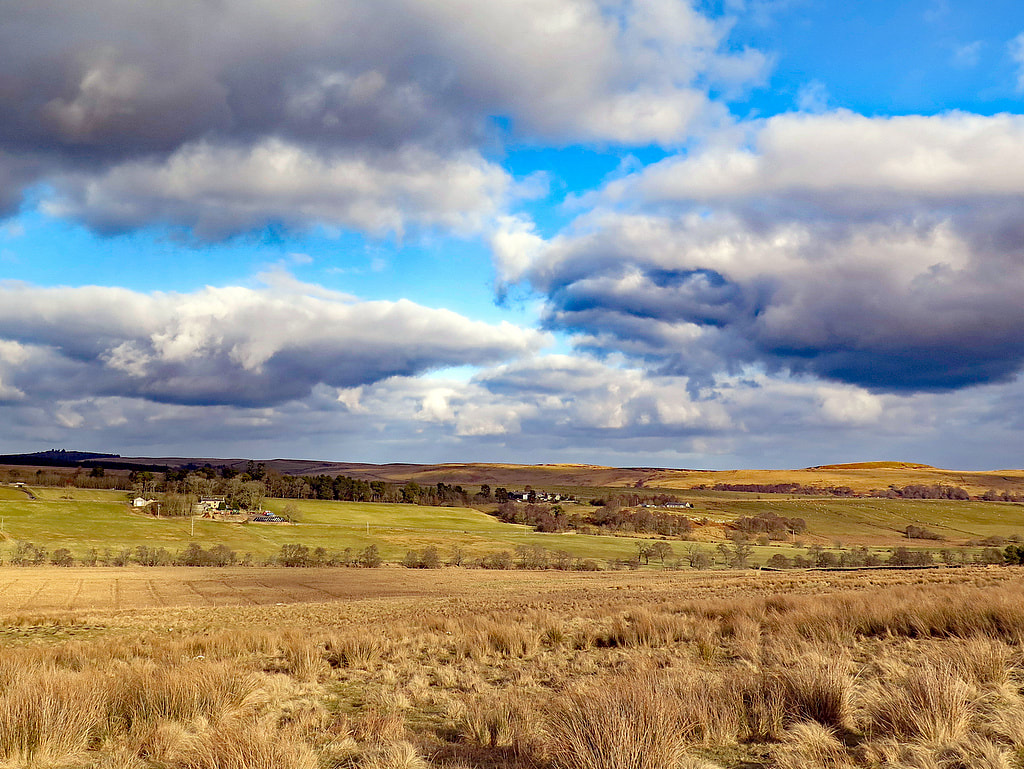
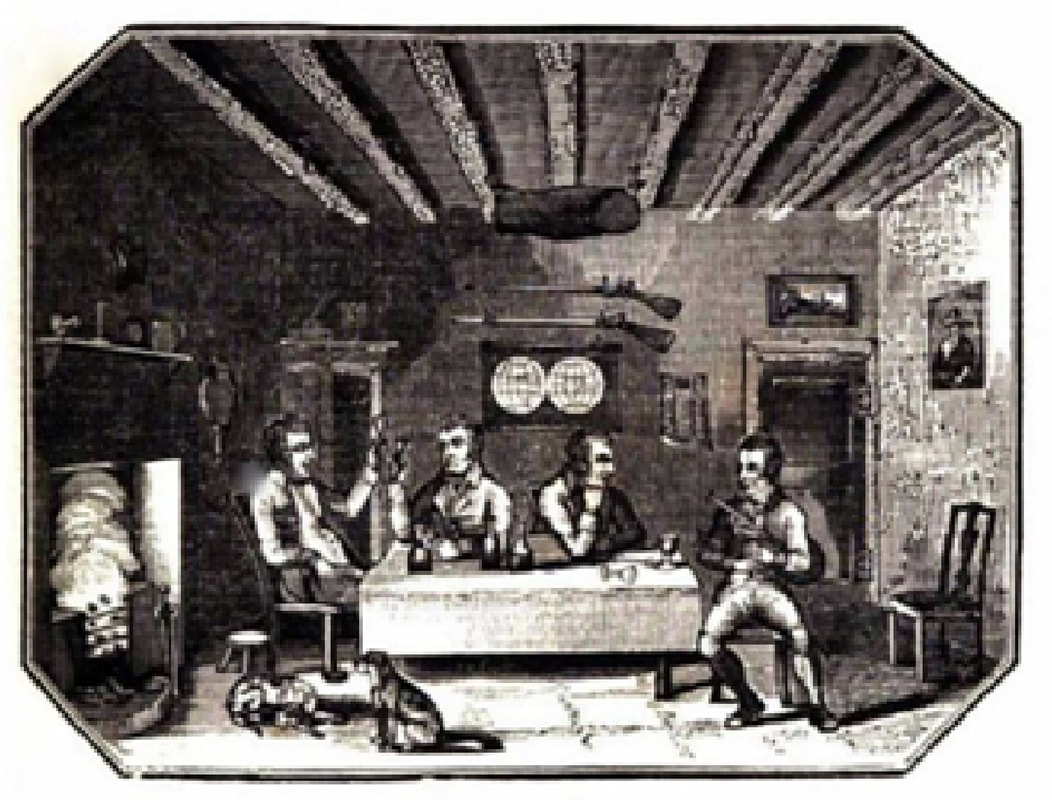
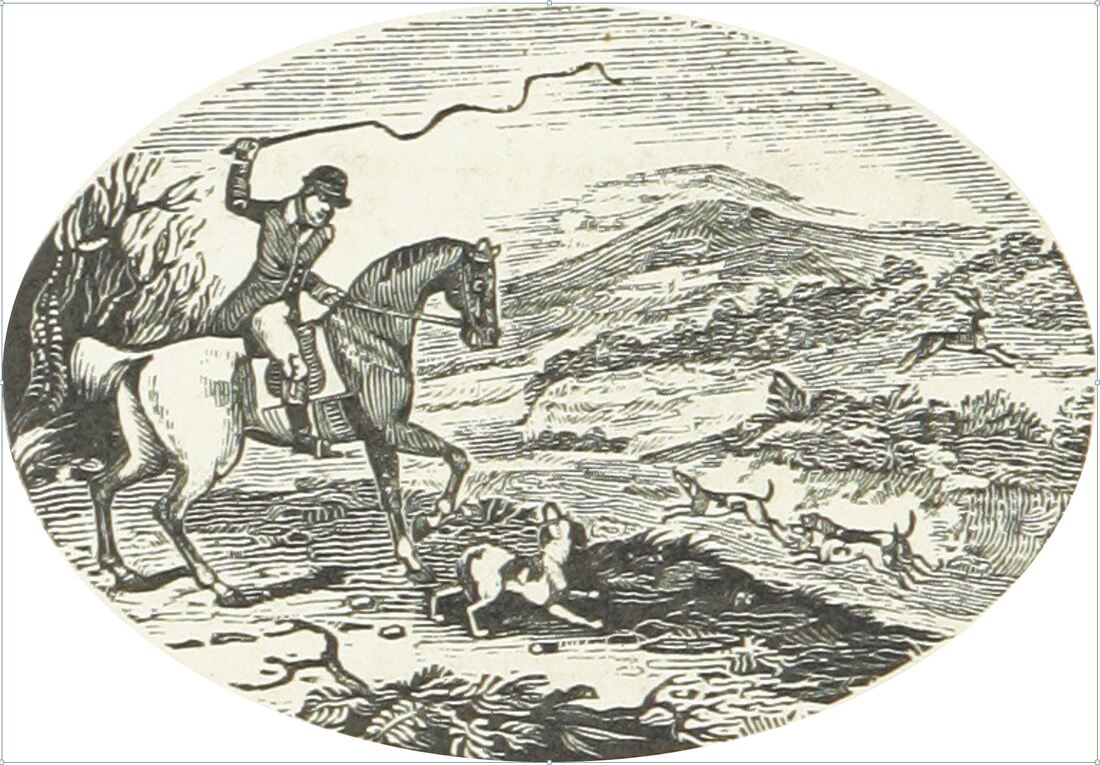
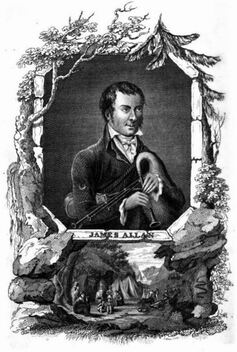

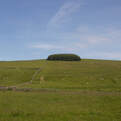
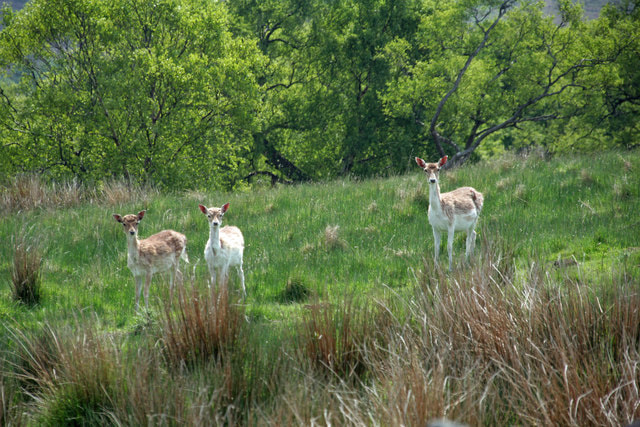
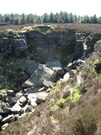
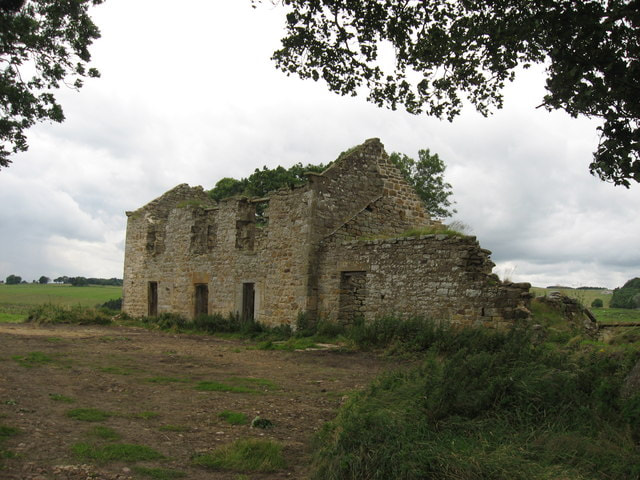
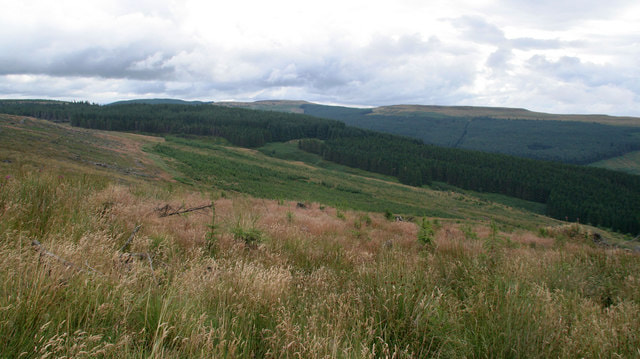
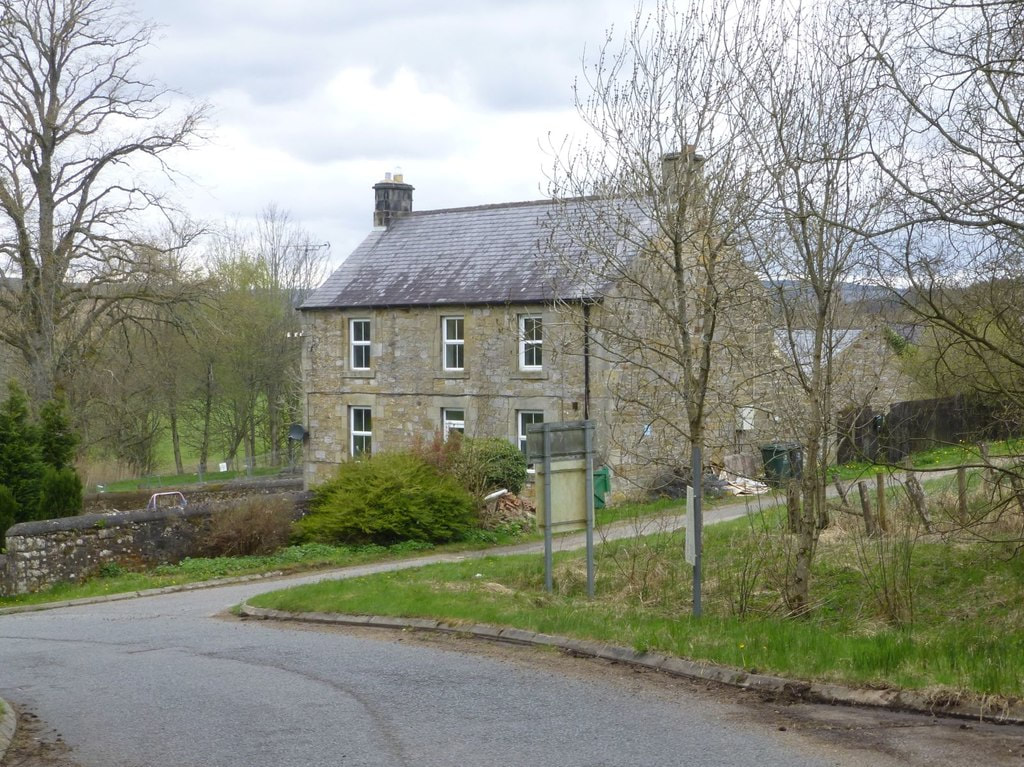
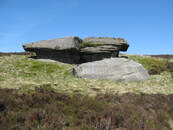
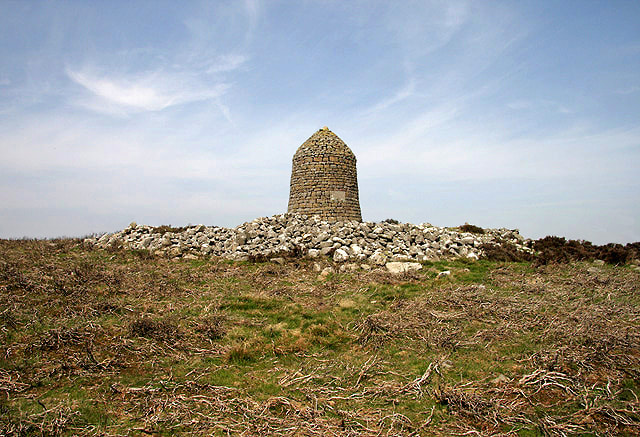
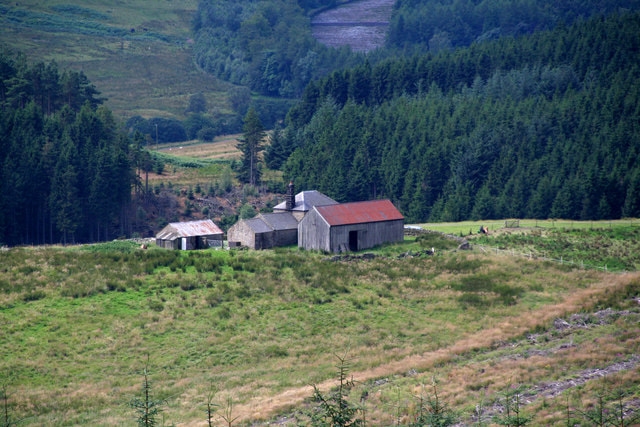
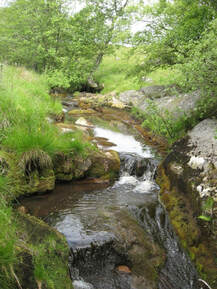
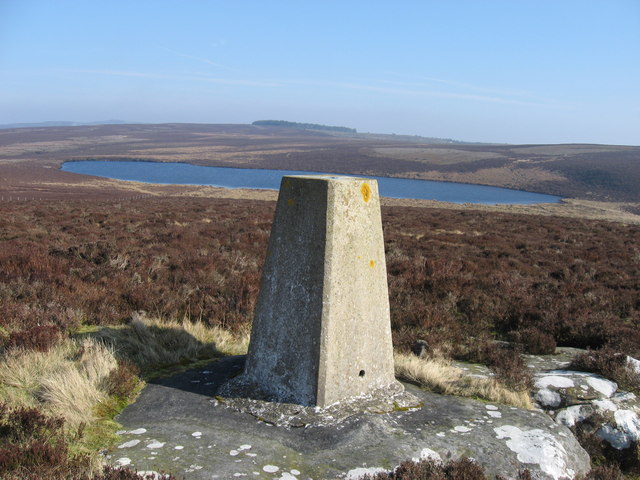
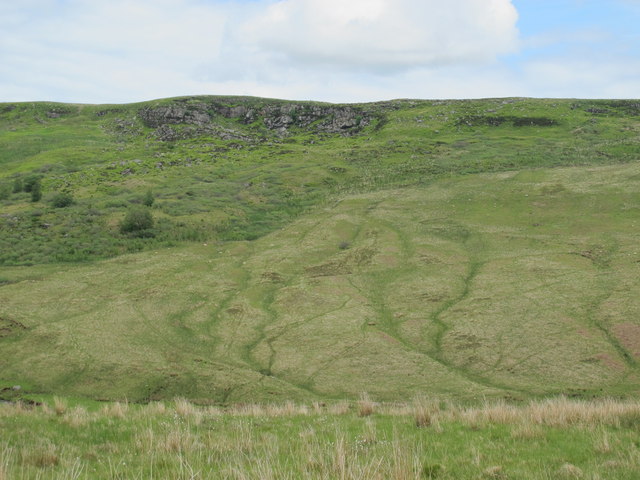
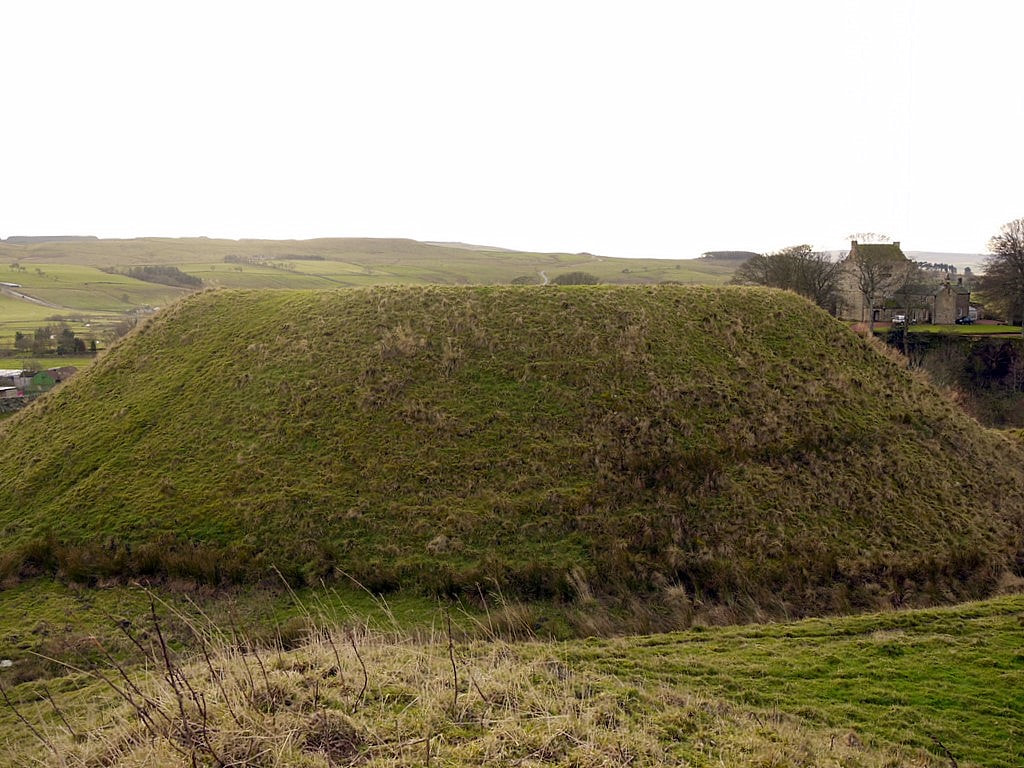
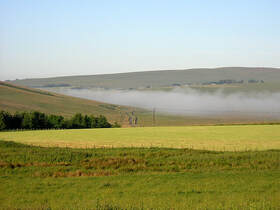
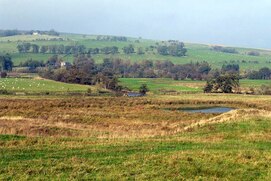
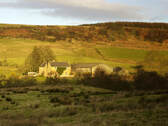
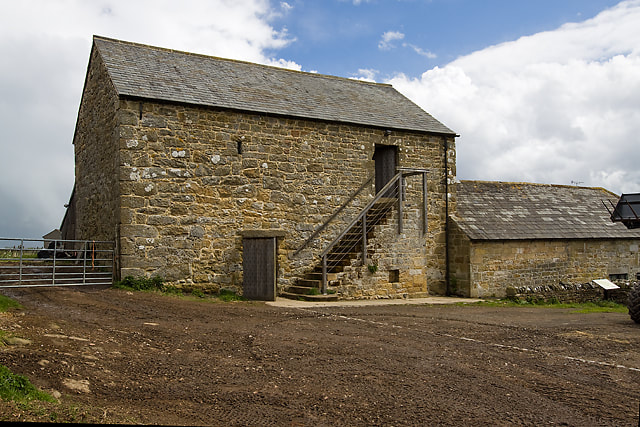
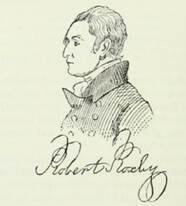
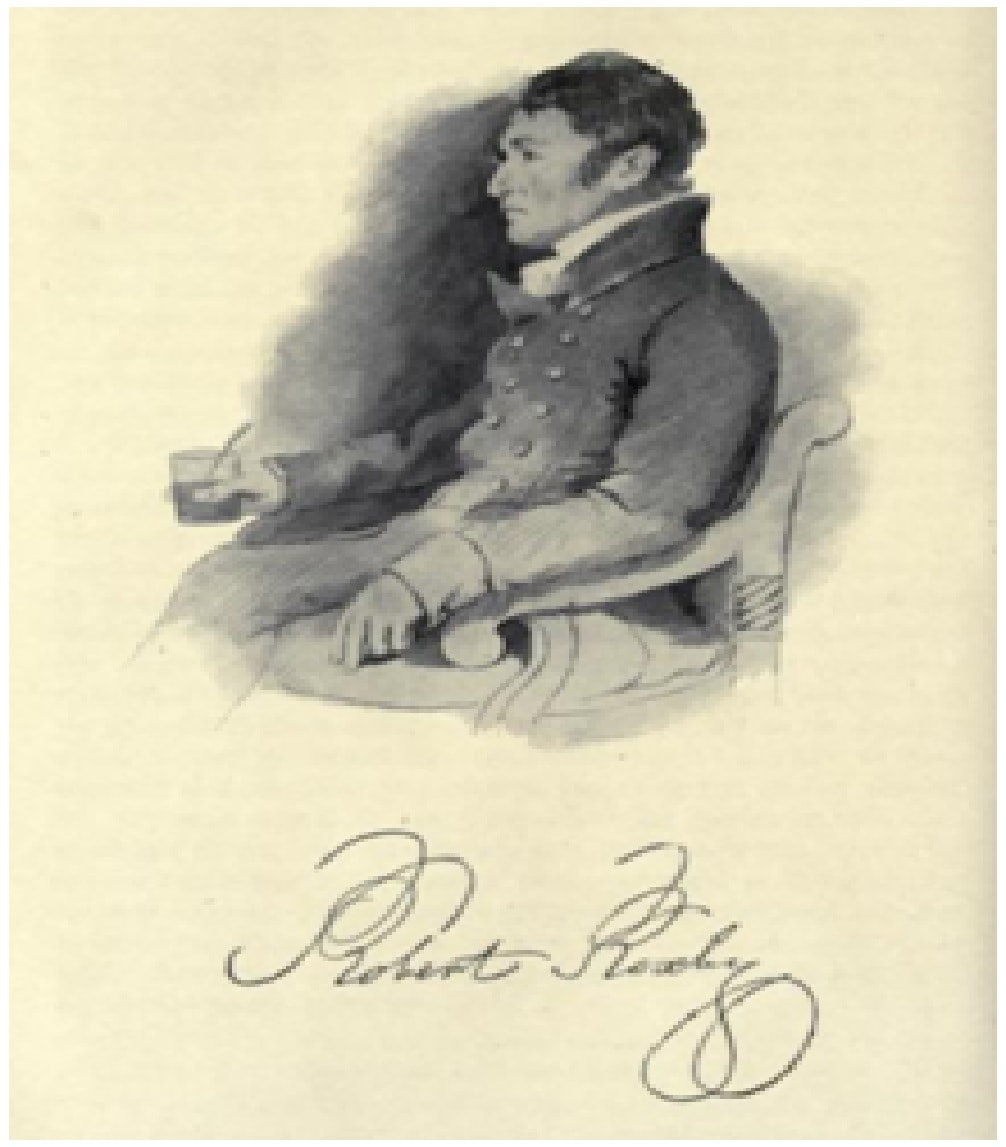
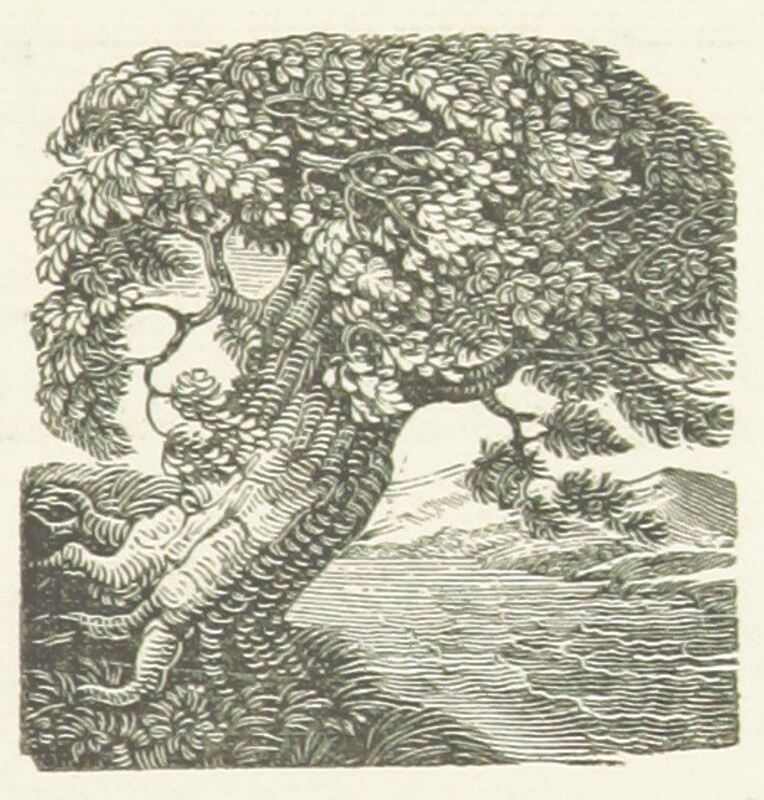
 RSS Feed
RSS Feed
